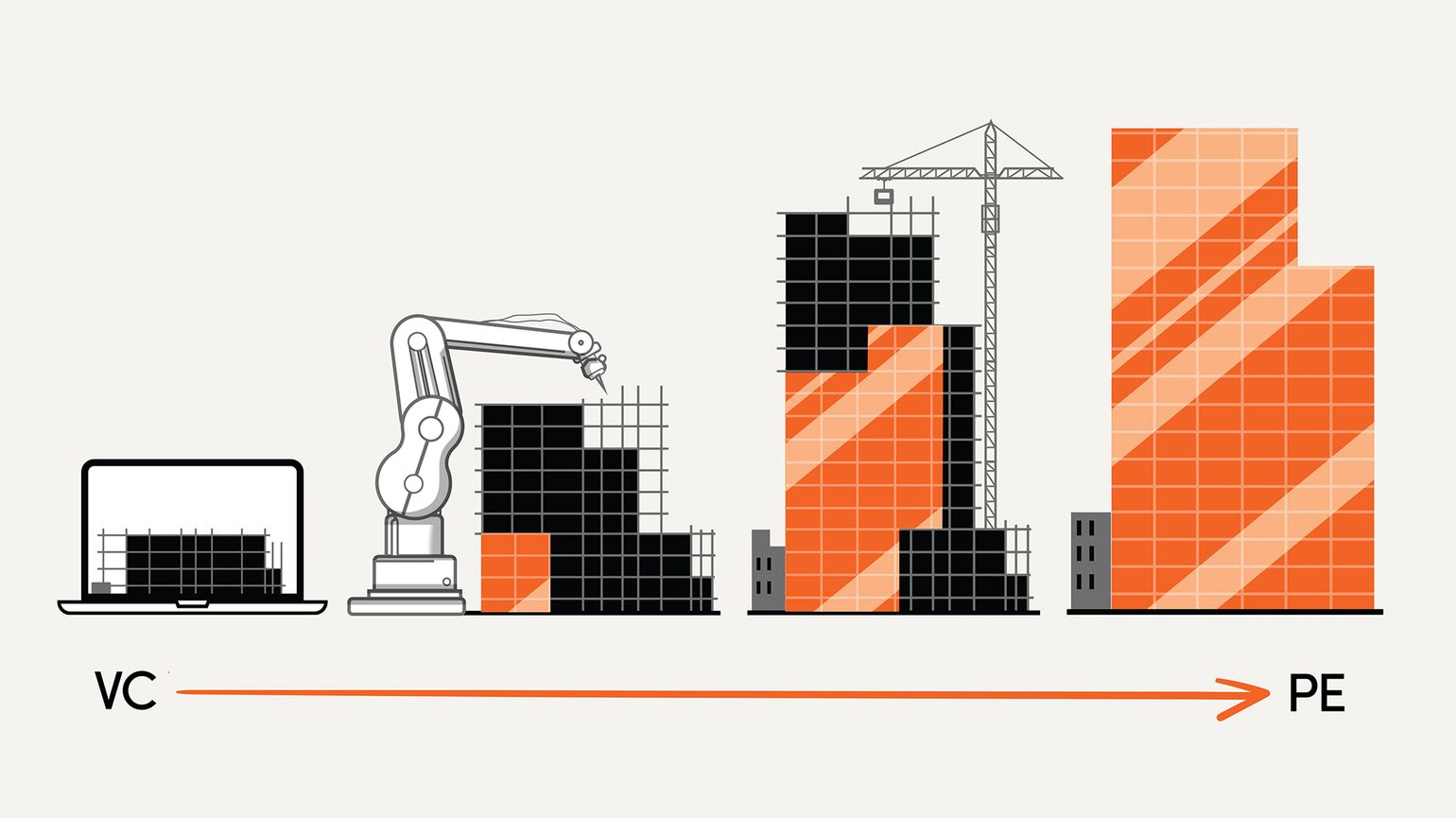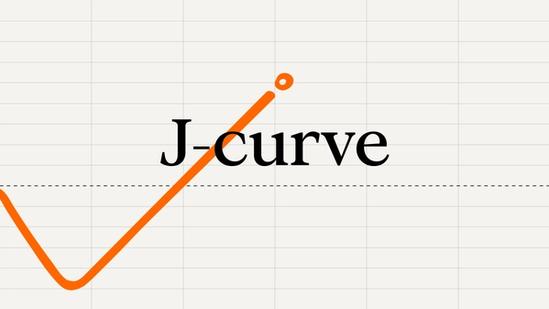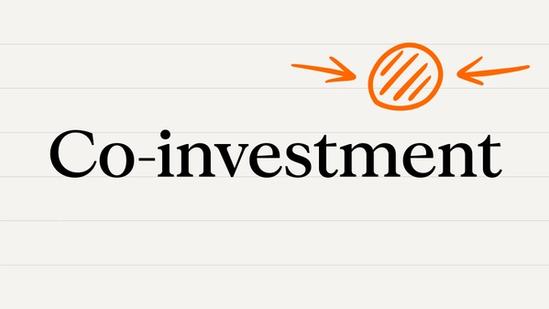How Is Private Equity Different From Venture Capital?


Private equity and venture capital firms power private markets all over the world but have distinct differences, from risk profiles to exit strategies.
- PE and VC firms look for enhanced returns through calculated risk-taking but have different risk tolerances and target companies.
It’s no secret that private markets have quietly become a cornerstone of the global economy. Yet the world of private capital firms still remains unknown to many, shrouded by industry jargon and the confidentiality inherent in private dealmaking. The two most commonly known types of private market investment companies are private equity (PE) and venture capital (VC) firms. While both invest in companies in exchange for equity, they differ greatly in their strategies, risk appetite and the types of businesses they target.
What is a private equity firm?
Private equity firms invest in private companies – and, in some cases, public companies they intend to take private. They do this by pooling capital from contributing investors or limited partners (LPs) into investment funds managed and administered by general partners (GPs). The GPs are responsible for making investment decisions, managing portfolio companies and ultimately seeking to generate high returns for the LPs.
A private equity fund consists of a portfolio of companies that are typically well-established in their respective industries and could benefit from an injection of capital to develop the business, for example, enhancing operations or expanding into new markets. PE firms often acquire a majority controlling stake, and for each portfolio company, the investment period usually lasts between four and seven years – recently trending longer – before exit. Using their operational and sector-specific expertise, PE firms aim to increase the value of their portfolio companies and achieve a return on their investment.
A PE firm may manage multiple funds, with portfolios sometimes spanning diverse industries and regions. However, each fund often focuses on a particular strategy or sector. The goal is to realize an above-market return when the investments are eventually sold or taken public.
What is a venture capital firm?
VC firms also follow a limited partnership structure, with LPs providing the majority of the capital and GPs making the investment decisions. Unlike PE firms, VCs invest at a much earlier stage, sometimes even when the company is still in the idea or prototype phase.
VC funds are generally smaller and often spread across a larger number of portfolio companies to diversify risk. However, the goal remains similar: invest in exchange for an equity stake, which in contrast to PE is usually a minority stake; support the company’s growth; and hopefully realize a strong return upon exit.
VCs aim to back companies with high growth potential, particularly in high growth sectors like tech. A VC fund backs the potential, vision and expertise of a startup’s founding team. While a high proportion of investments fail, some of these investments generate outsized returns, particularly those that achieve ‘unicorn’ status (a valuation of over $1bn), making venture capital a high-risk but potentially high-reward model.
Investment strategies
VC and PE firms operate at different stages of the company lifecycle, yet both pursue returns through calculated risk-taking. VC focuses on startups that are yet to achieve profitability, while PE targets established companies with stable financials and recurring revenue.
Some PE firms also look to acquire struggling companies and use their operational expertise to drive turnarounds. Their majority or full ownership grants greater control over company decisions, enabling deep restructuring or expansion efforts.
In contrast, VC firms often acquire minority stakes, leaving control with the founders. Their investments can range from backing a founder’s back-of-the-napkin prototype to pre-seed to late-stage growth rounds.
According to Crunchbase, in 2024, the median for pre-seed and seed rounds in the US was $1.3m and $15m for Series A. Harvard Business Review found that VCs assessed 101 opportunities per deal on average in 2021. Now, some data-driven VC firms analyze millions of potential opportunities each year.
PE firm investments, on the other hand, can range from around $25m to $500m for smaller and middle market deals, through to an excess of $5bn for the largest deals (there were 18 of these megadeal transactions valued at $5bn or more in 2024).
“VC and PE firms operate at different stages of the company lifecycle, yet both pursue returns through calculated risk-taking.”
The Power Law
Given VC firms accept greater risk, not all investments pay off – but when they do, the returns can be huge.
In 2024, analysis from PitchBook and the National Venture Capital Association showed that VC exits of $500m or more accounted for just 3.6 percent of the total number of exits, yet they generated 78.9 percent of the total exit returns.
This principle, where a small fraction of investments in a given portfolio generate outsized returns to offset losses, underpins VC strategy. And according to Sifted, only 9 percent of European deals return 10x or above on invested capital. Banking on a few big wins to counter losses is baked into the model — it is often cited that around 80 percent of VC investments will fail.
While PE firms don’t expect as high a proportion of investments to fail as VC firms, they can have a number of standout performers which boost their overall portfolio. Since funds vary significantly in size, strategy, sector focus and capital structure, not to mention market environment over time it’s difficult to paint one broad picture of returns. However, the dispersion (performance gap) between top- and bottom-quartile firms is substantial, 12.9 percentage points (compared to just 1.5 percent for public equities funds) according to Nasdaq analysis, illustrating a similar, albeit less pronounced ‘power law’ effect across PE firms’ investments, and underlining how investment selection and active management matters.
How VC and PE create value
VC partners can add value beyond capital injections, as they are often former founders or industry veterans themselves, and can act as useful sparring partners, advising founders through critical early-stage growth decisions. They also bring their network to the table, and this ‘relationship capital’ can help startups establish crucial partnerships, find key early hires, and even those first customers.
Similarly, PE firms use their operational expertise, industry knowledge, and extensive networks to drive efficiencies and create value in their portfolio companies, but on a much larger scale. EQT, for example, has a network of more than 600 industrial advisors from 43 nations who combine local operational and strategic expertise with the firm’s global reach throughout the investment lifecycle.
PE firms look to ensure portfolio companies are well-positioned for the future and support them through revenue growth strategies, management changes, business expansion and strategic realignment. Value creation strategies are mapped out with a much longer-term outlook, often from the outset of the deal right through to potential exit opportunities.
Investment cycle and exit strategies
Both VC and PE firms follow structured investment lifecycles:
- The fundraising and closing period – raising capital from LPs
- The fund investing period – sourcing and investing in companies
- The fund management period – value creation within portfolio companies
- The exit period – realizing investment returns
Potential VC exits include portfolio companies being acquired by larger businesses (trade buyouts), management buyouts, secondary sales to PE firms and occasionally IPOs.
For PE exits, acquisitions by corporate buyers, alongside secondary sales – recapitalization for partial liquidity – (sales to another PE firm) are the most common exits. These methods combined constituted 88 percent of all buyouts last year, with the remaining 12 percent through IPOs, according to S&P Global.
ThinQ by EQT: A publication where private markets meet open minds. Join the conversation – [email protected]




